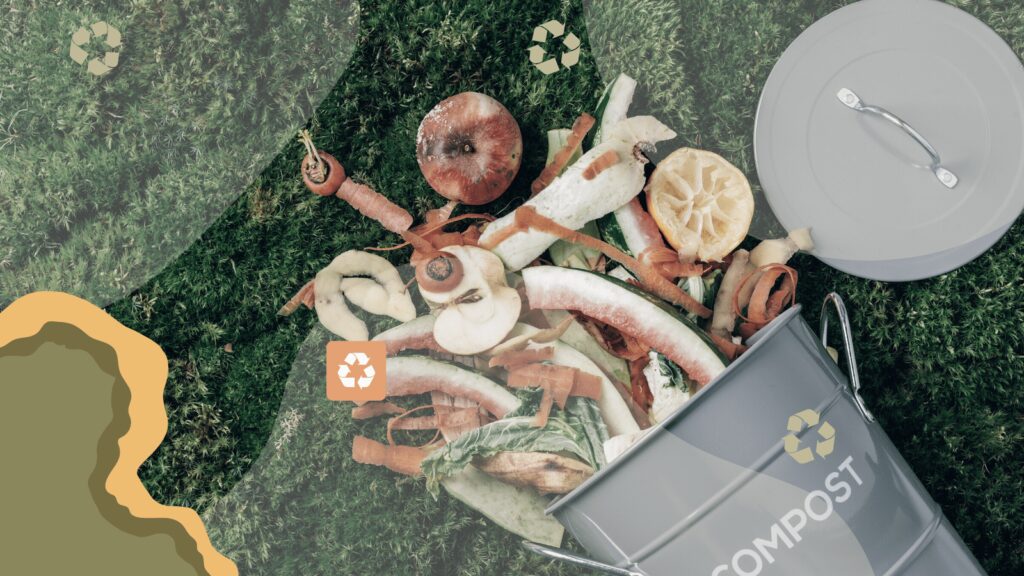South Korea is taking the lead by recycling 95% of its food waste.
Food waste is a global problem, with the United Nations estimating that a third of the food produced worldwide winds up spoiled, rotting in fields, or being thrown away. That amounts to 1.3 billion tons of food wasted annually, a profligacy that carries major environmental, economic, and human costs.
South Koreans generate more than 130 kg of food waste per head each year. However, the South Korean government has taken actions to counter this. As far back as 2005, dumping food in a landfill was banned, and new system was introduced.
RELEVANT SUSTAINABLE GOALS



Food Waste Recycling System
In a small and densely populated country, and one where the standard of living has grown so quickly, waste was becoming a serious problem. In 2013, the government introduced compulsory food waste recycling using special biodegradable bags; where households pay US$6 per month for each biodegradable bag of wasted food it throws out – a small fee that had a big impact on the amount of food being thrown out.
New systems were put in place, and now the significance of such changes can be seen.Food waste used to be collected flat rate, but in 2013 it switched to weight-based collection. It went into effect for residents as well as businesses and restaurants.
More Food waste, More Disposal Charges
Each week, residents unload at designated centers at their apartment complexes. Food waste bins are opened with government-issued cards, so you can track how much and when you throw away food. Separate bins are used for recyclable plastic, glass, and paper. To get a bigger picture of the changes, you can watch the video here.
In a relatively short amount of time, waste in neighbourhoods with a pay-by-weight system decreased their food waste by 30%. Not only is the waste being reduced by consumers, the collected waste is not headed for landfill but for animal feed, fertilizer, or conversion to electricity.
The number of farming initiatives in Seoul has more than doubled since the program began in the early 2010s, covering an area equal to 240 football fields. When food is grown locally, it takes less time to get from production to retail, making the middle part of the supply chain less likely to lose food to spoilage, travel and refrigeration.
The changes made in Korea did involve high costs and technology, as well as some ‘tough love’ – laying down a stricter system – but it seems to be working!



